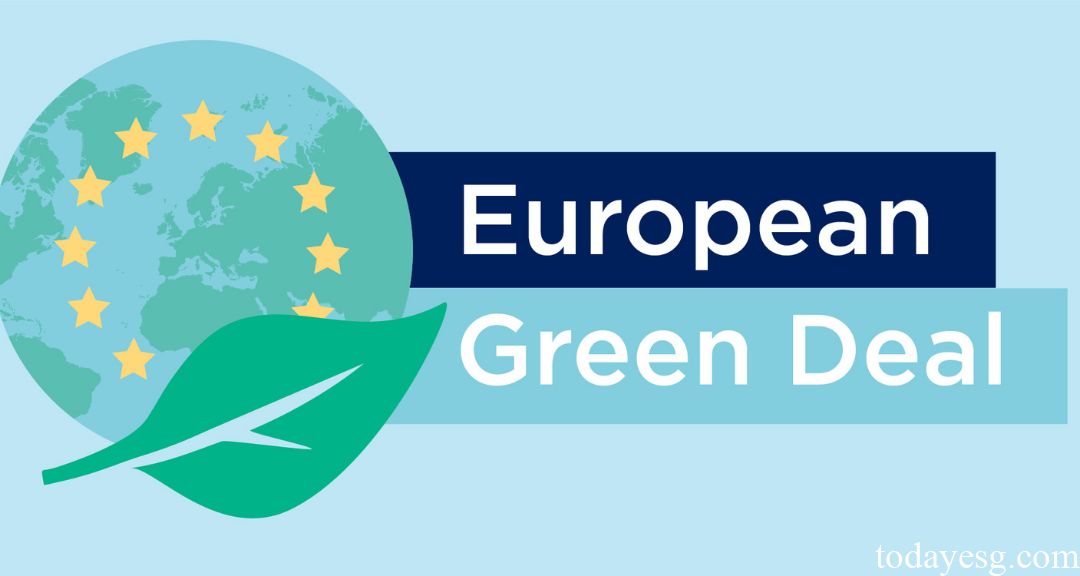Background of the European Green Deal
The World Economic Forum issued a white paper to analyze the European Green Deal. The European Green Deal was put forward by the European Union in December last year, aiming to build Europe into the first carbon-neutral continent by 2050 and lead the global green and digital transformation. In the context of the coexistence of high inflation and economic vulnerability, the proposal of the green agreement is of practical significance.
The white paper further discussed and explored the green agreement to ensure its smooth implementation. From the perspective of renewable energy and low-carbon economy, Europe still needs to invest more resources in technology, capital, and law to reduce energy costs, improve industrial competitiveness and achieve sustainable development.
Under the net zero commitment, the world needs to increase the capacity of renewable energy from 134GW in 2020 to 630GW in 2030. At the same time, to achieve the 2030 climate target, the world needs to invest at least $1 trillion annually to develop new technologies. Europe’s current carbon emissions account for about 9% of the global total emissions. It is estimated that between 2030 and 2050, Europe will need nearly 600 billion euros of electricity infrastructure investment. EU also plans to set up an 8-year Social Climate Fund to raise fund.
Innovative Research Required by Green Deal
In December 2022, Europe plans to invest 13.5 billion euros in innovation research, of which 54% will be used for climate innovation projects and 33% for digital projects. At present, Europe can produce 20% of the global scientific achievements, but with many economies expanding their R&D investment to 3% of GDP, Europe’s current R&D investment accounts for 2.3% of GDP, which is lower than the global average (2.66%). Moreover, the proportion of R&D investment varies greatly among countries within the EU.
The European Green Deal encourages the private sector to participate in climate innovation. In 2021, the global investment in low-carbon energy transformation will be 755 billion US dollars, including 170 billion US dollars in renewable energy. With appropriate incentives, the private sector can play a greater role in it. The white paper proposes several measures that regulators can choose:
- Laws and regulations: meet the needs of the industry and not hinder the development of innovation;
- Incentive plan: have more influence and encourage innovation activities of small and medium-sized enterprises;
- Audit: ensure the consistency and feasibility of business;
- Stakeholders: organize multi-party dialogues to promote innovation;
- Policy: based on science, encouraging innovation conforms to social interests;
- Standards: consistent with global sustainability standards;
- Sharing: technology and experience are shared in all member countries;

Evaluation of the White Paper by the WEF
Without high ambition and trust in science, we will not be able to achieve the European and international climate goals. Biological solutions have the power to reverse this development and accelerate the green transformation. Now, we need a regulatory framework that does not affect existing green and sustainable solutions. The decisions made today will determine the future of society, industry, and the earth.
World Economic Forum
Through the European Green Agreement, the EU has set an ambitious goal of climate neutrality, positioning itself as a leader in climate transformation. In a challenging global context, it is more important to ensure that climate commitments will not derail. The EU continues to promote concrete solutions through cooperation with the private sector to achieve the goal of economic decarbonization. In addition, green transformation and digital transformation must go hand in hand to shape future growth and long-term competitiveness.
World Economic Forum
Reference:
Innovating for the European Green Deal | World Economic Forum (weforum.org)
ESG Advertisements Contact:todayesg@gmail.com








